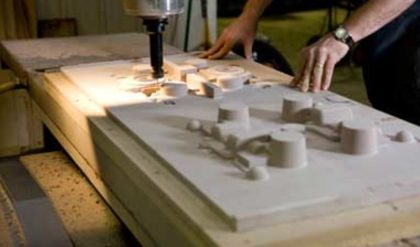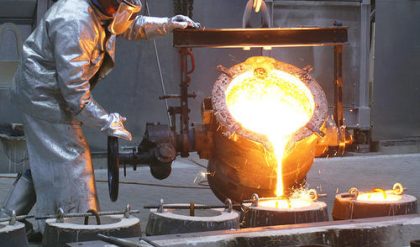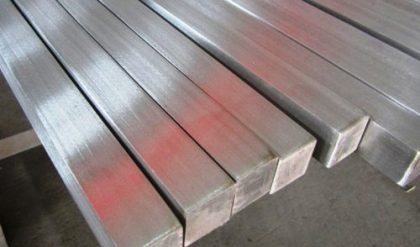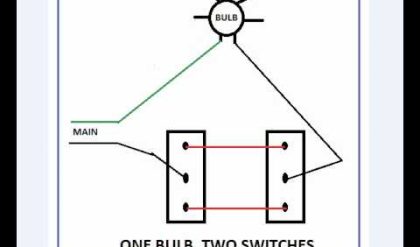Saws
A saw is used to cut wood into pieces. There are different types of saws, designed to suit
different purposes. A saw is specified by the length of its toothed edge.
Types of Saws
Cross‐Cut Saw or Hand Saw
It is used to cut across the grains of the stock. The teeth are so set that the saw kerf will be wider
than the blade thickness. This allows the blade to move freely in the cut, without sticking
Rip Saw
It is used for cutting the stock along the grains. The cutting edge of this saw makes a steeper
angle, i.e., about 60° whereas that of crosscut saw makes an angle of 45° with the surface of the stock.
Tenon Saw
It is used for cutting the stock either along or across the grains. It is used for cutting tenons and
in fine cabinet work. However, it is used for small and thin cuts. The blade of this saw is very
thin and so it is stiffened with a thick back steel strip. Hence, this is sometimes called as
back‐saw. In this, the teeth are shaped like those of cross‐cut saw.
Compass Saw
It has a narrow, longer and stronger tapering blade, which is used for heavy works . It is mostly
used in radius cutting. The blade of this saw is fitted with an open type wooden handle.

Chisels
Chisels are used for cutting and shaping wood accurately. Wood chisels are made in various
blade widths, ranging from 3 to 50 mm. They are also made in different blade lengths. Most of
the wood chisels are made into tang type, having a steel shank which fits inside the handle.
These are made of forged steel or tool steel blades.

Types of Chisels
Firmer Chisel
The word ‘firmer’ means ‘stronger’ and hence firmer chisel is stronger than other chisels.
It is a general purpose chisel and is used either by hand pressure or by a mallet. The blade of a
firmer chisel is flat, as shown in figure.
Dovetail Chisel
It has a blade with a beveled back, as shown in Figure, due to which it can enter sharp comers
for finishing, as in dovetail joints.
Mortise Chisel
It is used for cutting mortises and chipping inside holes, etc. The cross‐section of the
mortise chisel is proportioned to withstand heavy blows during mortising. Further, the
cross‐section is made stronger near the shank..






Comments are closed.